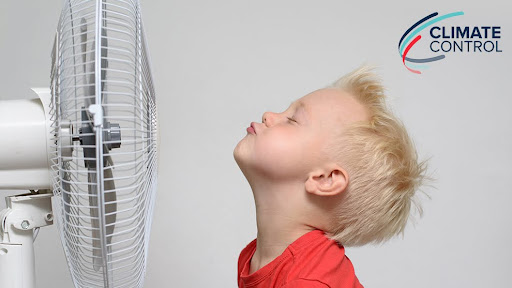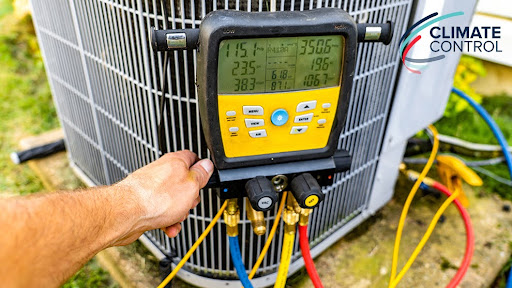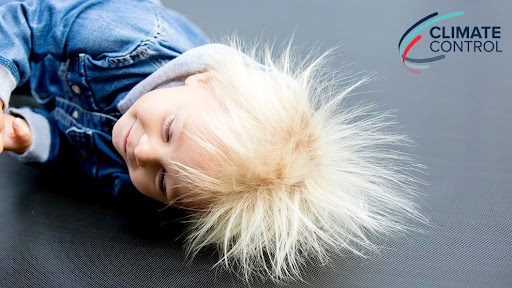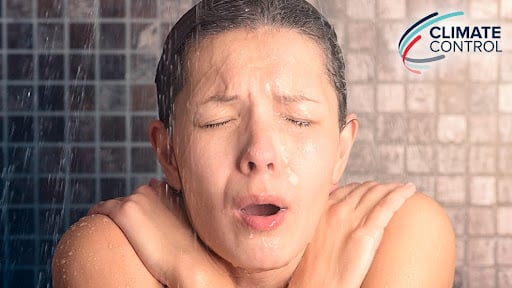There are two main ways to provide hot water to your home: the conventional storage tank water heater, and one or more tankless water heaters. Following is a brief explanation of the basic operation, benefits and drawbacks of a tankless water heating system.
In a conventional system, water is routed into a heating tank and stored there at a near-constant temperature until needed. A tankless water heater, in contrast, heats water only as it’s delivered to a faucet or appliance, by routing the flow through a heating unit. Because heat is delivered as water is run, there’s no risk of running out of hot water.
Because you’re not using energy to keep water hot constantly, tankless water heaters cut down on the energy required by the water-heating system. The U.S. Department of Energy estimates that water heating is the third-largest consumer of energy in the home, making this a prime opportunity for savings. The agency further estimates that a proper tankless water heater system can reduce energy costs by 10 to 50 percent when compared to traditional storage tank systems.
In addition to these energy savings, people with tankless systems enjoy a near-instantaneous delivery of hot water and a seemingly inexhaustible supply, as long as the system has been sized properly for your home’s needs.
As with any system, there are a few drawbacks that you should be aware of. Tankless water heaters have a higher up-front cost than conventional systems, and while they’ll pay for themselves in savings over time, now might not be the best time to upgrade if you anticipate moving in the near future. Many tankless water heaters also have minimum-flow (to keep the units from overheating) and maximum-flow (the maximum that can be heated at a given time) requirements; a low-flow showerhead may keep you from running afoul of the maximum-flow limit. As with conventional systems, running too many showers and appliances at once may overload the system; one option is to install dedicated units for heavy users of hot water, such as a dishwasher or washing machine.
If you have any questions or would like to add a tankless water heater to your Western Colorado home, please contact us at Climate Control Company today.
Our goal is to help educate our customers in Aspen, Vail and the surrounding Western slope communities in Colorado about energy and home comfort issues (specific to HVAC systems). For more information about tankless water heaters and other HVAC topics, please visit our website.
Image courtesy of Shutterstock






